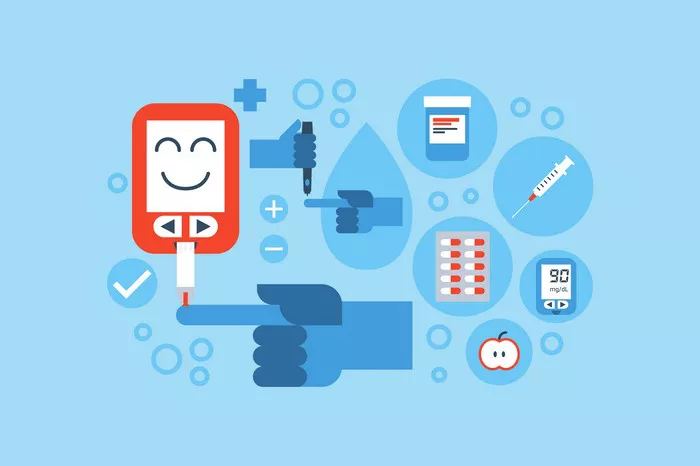Gestational diabetes mellitus (GDM) is a condition characterized by elevated blood sugar levels during pregnancy. While gestational diabetes is a well-known condition, there is another term that often arises in discussions about blood sugar levels during pregnancy: borderline gestational diabetes.
This article aims to provide a comprehensive understanding of what borderline gestational diabetes is, its implications for pregnancy, diagnosis, management, and associated considerations.
Understanding Gestational Diabetes Mellitus (GDM)
Before delving into borderline gestational diabetes, it’s essential to grasp the concept of gestational diabetes mellitus itself.
GDM refers to the development of high blood sugar levels during pregnancy in women who did not have diabetes before becoming pregnant. It typically occurs around the 24th to 28th week of pregnancy and is primarily attributed to hormonal changes that affect insulin sensitivity.
Defining Borderline Gestational Diabetes
Borderline gestational diabetes is a term used to describe a condition in which blood sugar levels during pregnancy are higher than normal but do not meet the diagnostic criteria for gestational diabetes mellitus. It implies that the blood glucose levels are elevated but not significantly enough to warrant a formal diagnosis of GDM.
Diagnosis of Borderline Gestational Diabetes
Diagnosing borderline gestational diabetes involves assessing blood sugar levels through glucose tolerance tests or other screening methods commonly used to detect GDM.
These tests measure how well the body processes glucose. If the results indicate elevated blood sugar levels that fall just below the diagnostic threshold for GDM, healthcare providers may classify it as borderline gestational diabetes.
Implications for Pregnancy
While borderline gestational diabetes does not carry the same diagnostic weight as GDM, it still poses potential risks to both the mother and the baby.
Elevated blood sugar levels, even if they are borderline, can increase the likelihood of complications during pregnancy and delivery. These complications may include macrosomia (large birth weight), preterm birth, preeclampsia, and the need for cesarean delivery.
Management and Treatment
Managing borderline gestational diabetes typically involves lifestyle modifications aimed at controlling blood sugar levels and minimizing the risk of complications.
Healthcare providers may recommend dietary changes, such as monitoring carbohydrate intake and opting for complex carbohydrates over simple sugars. Regular physical activity can also help regulate blood sugar levels and improve overall health during pregnancy.
In some cases, healthcare providers may prescribe medications, such as insulin or oral hypoglycemic agents, to help manage blood sugar levels if lifestyle modifications alone are insufficient. Close monitoring of blood glucose levels through regular prenatal visits is crucial to assess the effectiveness of the treatment plan and make any necessary adjustments.
Considerations and Precautions
Women diagnosed with borderline gestational diabetes should adhere to their healthcare provider’s recommendations regarding prenatal care, monitoring blood sugar levels, and managing the condition. It’s essential to attend all scheduled prenatal appointments and follow through with any recommended tests or screenings to ensure the health and well-being of both the mother and the baby.
Additionally, women with borderline gestational diabetes should be vigilant about monitoring their diet, engaging in regular physical activity, and maintaining a healthy lifestyle throughout pregnancy.
Making informed choices regarding nutrition, exercise, and overall self-care can help mitigate the risks associated with borderline gestational diabetes and promote a favorable pregnancy outcome.
Conclusion
Borderline gestational diabetes represents a condition where blood sugar levels during pregnancy are elevated but do not meet the diagnostic criteria for gestational diabetes mellitus. While it may not carry the same level of concern as GDM, it still requires careful monitoring and management to minimize the risk of complications for both the mother and the baby.
With proper prenatal care, lifestyle modifications, and adherence to healthcare provider recommendations, women with borderline gestational diabetes can navigate their pregnancy journey safely and effectively.

























